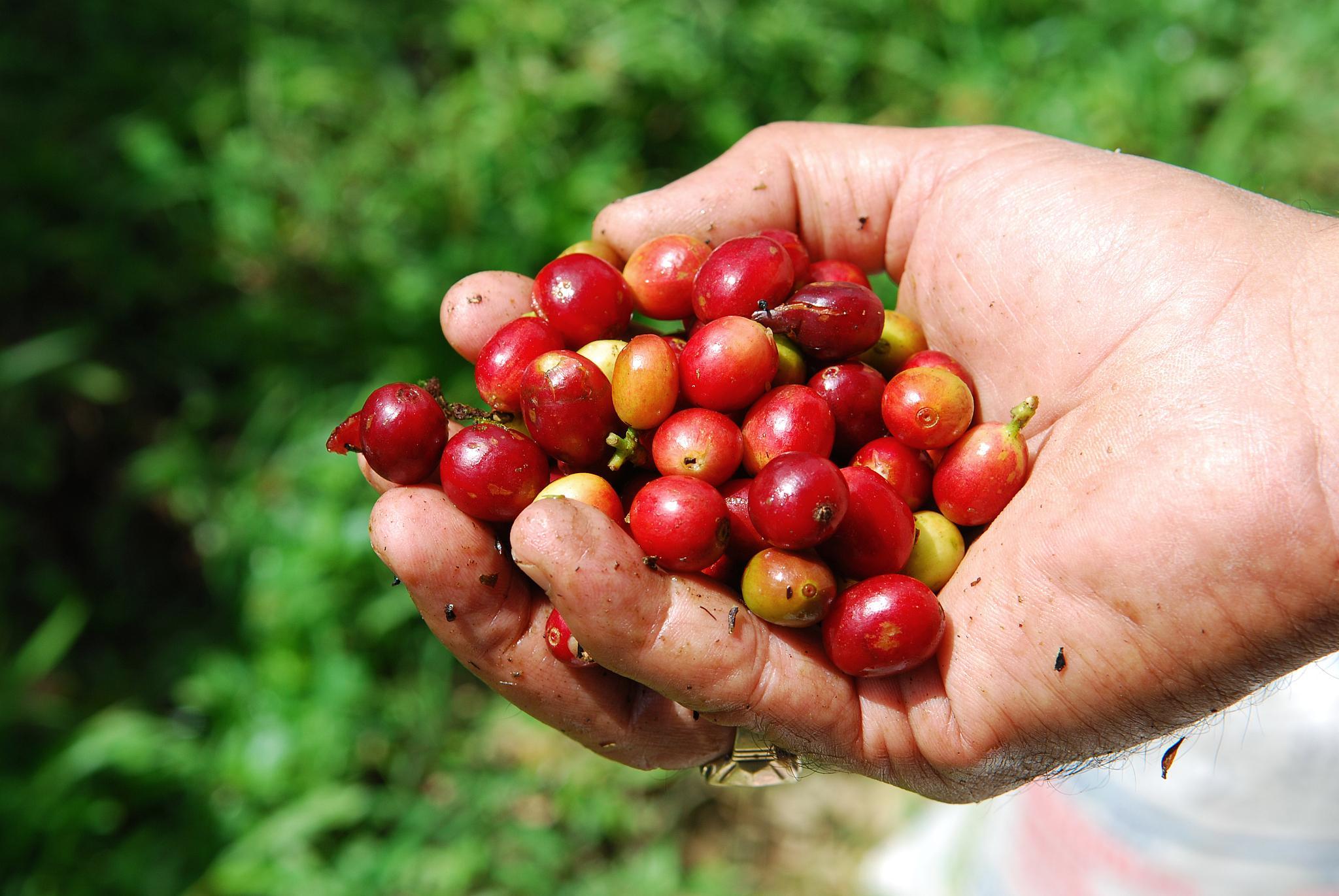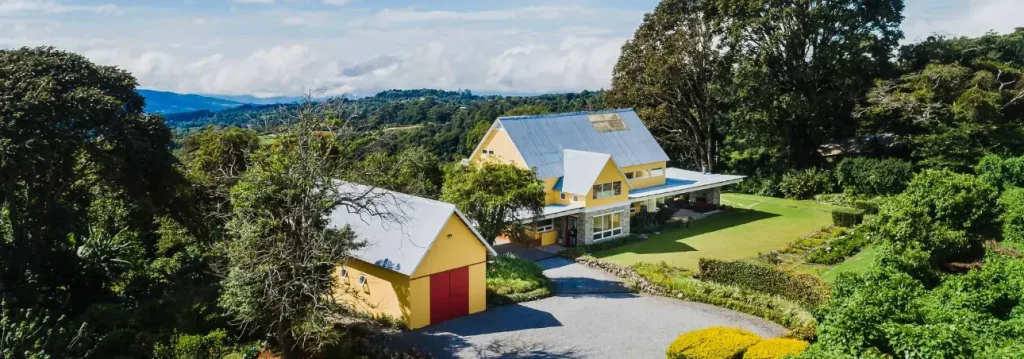
Panama’s Geisha coffee has become one of the world’s most expensive coffees, selling for up to $200 per cup in some parts of the world. The coffee variety is harvested in the highlands of Boquete and Volcan, where it grows under ideal conditions that include high altitude, tropical climate, volcanic soil, and an extended rainy season. Geisha has a complicated growing process, and low yields have made it scarce and ultra-expensive. Buyers bid higher and higher for Geisha beans at international coffee auctions. In September 2022, the Lamastus family set a new Panamanian Geisha Coffee world record by selling a pound of their Elida Geisha Aguacatillo, honey-processed coffee for a whopping $6,034 to a Taiwanese coffee company. This article explores the history of Geisha coffee and how it has become a luxury product.
How Panama’s Ultra-Expensive Coffee Changes Perceptions and Percolations
By Erik Trinidad Published on 11/2/2022
Excerpt: “One overlooked, also rarified coffee is Geisha, a scarce and inadvertently ultra-expensive variety harvested in the highlands of Panama. The variety has a history of being ignored, partly due to how challenging it is to cultivate.
From Ethiopia to Panama
While the variety’s name may make some people think of Japan, the Panamanian Geisha coffee bean originated in the Gori Gesha region of Ethiopia. Seedlings were collected circa 1932 and made the rounds to other African coffee-producing regions before it was circulated in the global coffee trade. Eventually, in the 1960s, it made its way to Central America.
“Geisha coffee got to Panama as a way to combat the coffee rust epidemic in the ’70s,” says Manuel Barsallo, co-founder of the Panama City–based Cruce Coffee Company and member of the Panama Coffee Club.
Initially, Geisha was not very well-received by local farmers.
“Almost nobody wanted to grow Geisha because those coffee trees are not very productive,” says Carlos Antonio Jurado, a guide at the 124-year-old Don Pepe Coffee Estate in Boquete, Panama.
By the 1970s, only a few Panamanian coffee farmers had the patience to grow Geisha coffee in the agricultural highlands of the western Chiriquí province, near the Costa Rican border. The low-yield plant requires higher elevation to grow than other coffee varieties. When it does grow, it produces about half the amount of cherries per cluster compared to most other Arabica plants, and has only about half the amount of clusters per branch.
As if that weren’t reason enough for a farmer to turn away from Geisha, the variety takes two to three times longer than the average coffee plant to bear any fruits. “They produce less beans, and it takes up to 10 years to get the first good crop,” says Jurado.
However, with ideal conditions in the western Panamanian highlands—elevation, tropical climate, rich volcanic soil, cool nights, and an extended rainy season—Geisha began to flourish. For the next several decades, it was harvested primarily by family-run coffee farms, including the Jansons, the Lamastus family, and the Vasquez family of the Don Pepe Coffee Estate”.
Full Article: https://www.thrillist.com/drink/nation/is-this-the-worlds-most-expensive-coffee
More articles about Coffee in Panama:
Usa Today Features Boquete / Panama Coffee Dominance Plus Tourism



